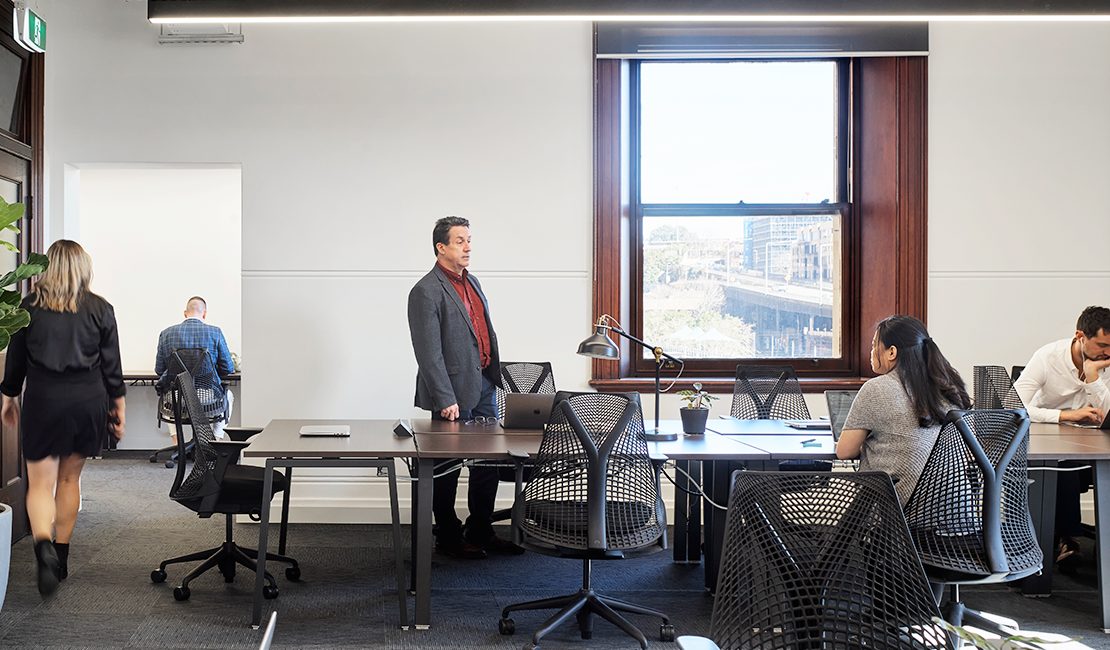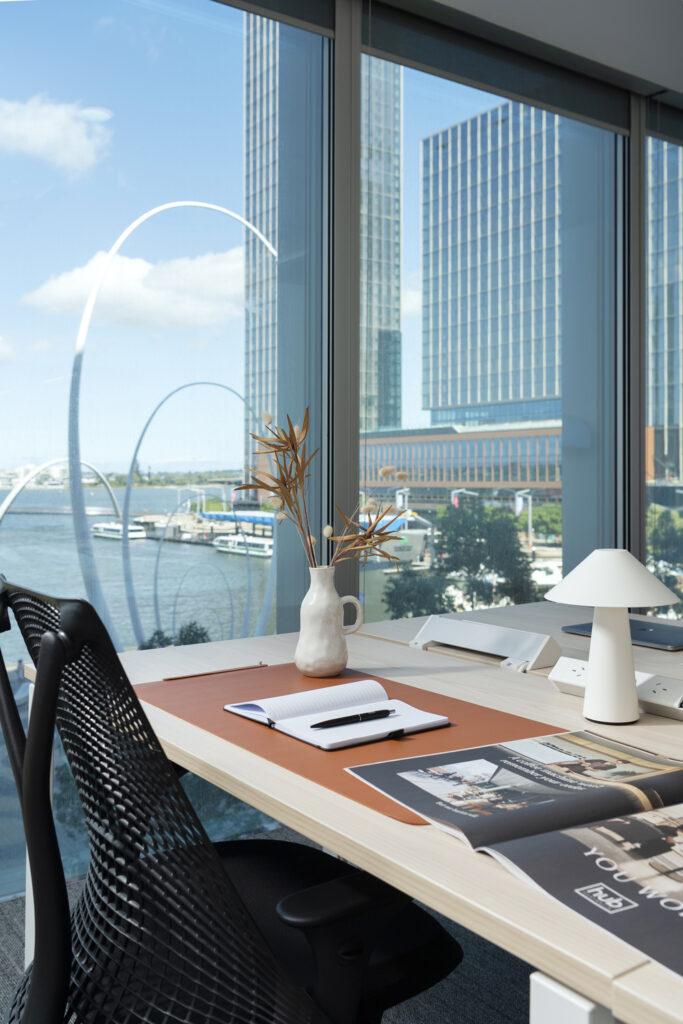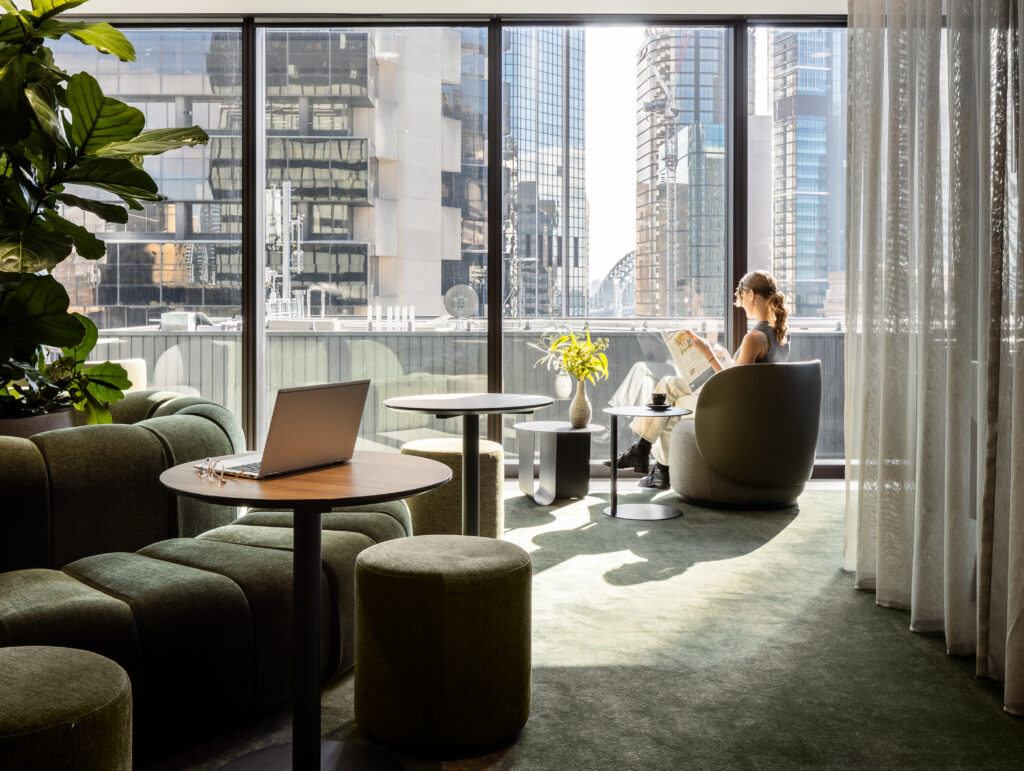The past few years have cemented the presence of a new work style for employees and businesses around the globe: hybrid work.
As you may guess from the title, hybrid work involves embracing multiple work styles and locations, each with their own benefits and hurdles.
2020 and 2021 required quick adaptation to global events, with many businesses having less than a fortnight to shift to 100% remote working and employees forced to work full-time from homes not designed with a home office (or multiple) in mind.
During this time, many professionals and families felt the impact of added stress, with unpredictable workdays and less-than-ideal home environments. By the end of the year, many had settled into their ways of working from home, but faced a number of consequences.
Returning to the office has caused a ‘culture shock’ for many, with employers trying to find the balance between working productively and ensuring their teams are safe and secure, with workplace safety initiatives, commutes, and capacities to be considered for each day.
Coming together as a professional team has many positive factors, with better ergonomics and OHS, an ease of collaboration, and many less Zoom meetings.
What is hybrid work?
Hybrid work is what you make of it – for some, it may involve one day working from home and three in the office, for others it may be coming into and leaving the office early to avoid high-congestion commute times.
With flexibility prioritised more than ever, hybrid work has been coined to offer a catchall description for these individually-tailored solutions.
Why is it being so widely adopted?
Flexible work arrangements have long been a key feature of some of Australia’s best workplaces, providing options that acknowledge the importance of people’s lives outside of work.
Whether you need to work alternate hours on a Wednesday to do the school pick-up or want to work from home every now and then to be present for the ever-elusive delivery man, flexible arrangements are customisable and part of individual discussions with your employer or manager.
Many businesses cite these hybrid work arrangements as an important tool in helping them attract and retain the best staff pre-COVID-19, and this benefit has been cemented as businesses negotiate a return to the office that works for everyone.
Why businesses are saving money with hybrid work
An important benefit for a business’s bottom dollar is the potential saving offered in real estate – if employees are in the office part-time, it’s likely to be more appropriate for teams to shift to a desk-share situation where each team member essentially ‘rosters time’ on a desk when in the office.
With the rise of coworking spaces providing flexible office solutions for businesses of all sizes, many members have switched to this hybrid model. For example, members are able to downgrade from a 24-person office to a 16-person based on the expectation that 16 is the most expected in the space simultaneously.
Hub Australia is able to accommodate this and add flexible memberships for additional members, creating custom solutions for each business. While saving businesses money on office space for their teams, each employee still receives access to Hub’s member benefits, including events, discounts, opportunities, and online networking channels.
How to organise your team’s hybrid work arrangements
Whether you’re a small business or part of a large corporation, moving to a hybrid work model involves clear and transparent communication from the top down.
By setting expectations for employees about time required in the office, and empowering managers to work with their teams on an individual level, you can work towards creating custom return to the office plans and hybrid work arrangements for each employee, emphasising the benefits of flexible work.
After 2020, many office-workers have proven their ability to remain productive and focussed when working remotely and supported by the broader business. Creating a healthy long-term balance has let thousands of businesses across Australia embrace a ‘new normal’ that prioritises hybrid work.






